What are the Different Types of Silk Sarees in India? Silk sarees, the epitome of Indian elegance and craftsmanship, come in a dazzling array of varieties, each boasting a unique story and captivating beauty.
From the luxurious sheen of Kanjeevaram to the earthy elegance of Tussar, these sarees are more than just clothing; they are cultural expressions and cherished heirlooms.
Which Type of Silk is Best?
Determining the ‘best’ type of silk depends on the desired characteristics. Mulberry silk is the finest for its smooth texture, sheen, and versatility. Tussar and Eri silk are valued for their natural appeal and unique textures.
Here’s a glimpse into the top 10 types of silk sarees that have captured the hearts of saree aficionados worldwide:
Note: Always Know Your Saree Size. & choose the Branded blouse and Branded Saree option for the perfect Silk Saree Blouse Outfit. & make sure to shop on the Best Saree Websites for authenticity.
Different Types of Silk Sarees
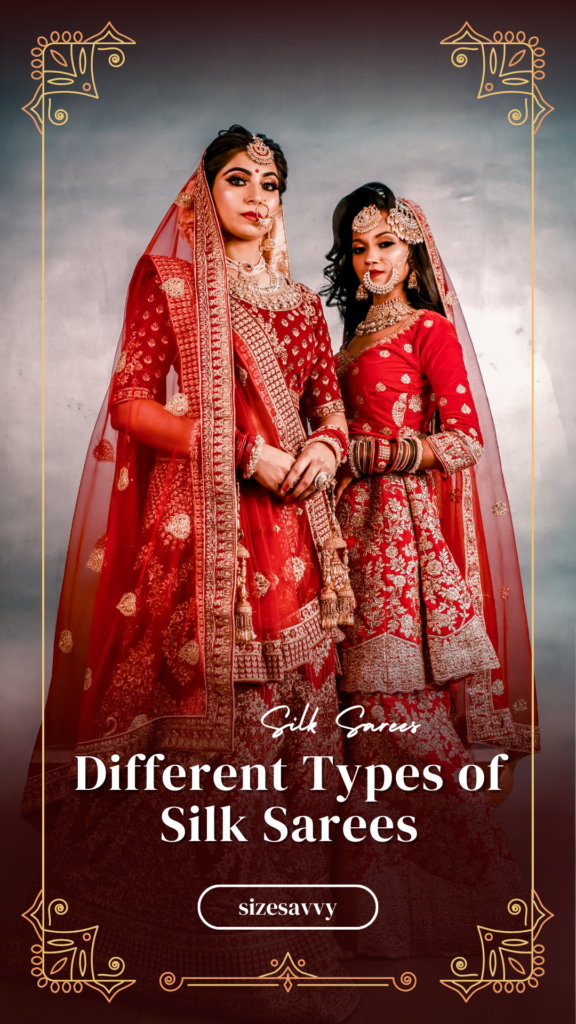
| Silk Saree Type | Silk Origin | Silk Known For | Silk Occasions |
| Banarasi | Varanasi, Uttar Pradesh | Intricate gold & silver zari work, floral & paisley motifs | Weddings, special occasions |
| Kanjeevaram | Kanchipuram, Tamil Nadu | Rich colors, geometric patterns, zari borders | Weddings, festivals, formal events |
| Muga | Assam | Natural luster, golden yellow color, durability | Weddings, festivals, formal |
| Assam Pat | Assam | Vibrant colors, nature-inspired motifs, double-interlocked weaving | Weddings, festivals, events |
| Eri | Assam | Lightweight, soft texture, warm, earthy tones, eco-friendly | Everyday wear, casual occasions |
| Tussar (Bhagalpuri Silk) | Bhagalpur, Bihar | Slightly coarse texture, natural golden brown color, durability | Everyday wear, casual occasions, festivals |
| Paithani | Maharashtra | Distinctive pallu with gold work, geometric borders, and contrasting colors | Weddings, festivals, formal events |
| Pochampally | Pochampally, Telangana | Vibrant ikat patterns, geometric designs, natural dyes | Festivals, casual occasions, everyday wear |
| Sambalpuri | Odisha | Vibrant colors, temple-inspired designs, tie-dye & bandha techniques | Festivals, everyday wear, casual occasions |
| Chanderi | Chanderi, Madhya Pradesh | Sheer, lightweight fabric, zari, or silk threadwork | Everyday wear, casual occasions, work wear |
- Banarasi Silk Saree: Hailing from the holy city of Varanasi, these sarees are renowned for their intricate gold and silver zari work, often depicting nature-inspired motifs. Their rich history and unparalleled craftsmanship make them a prized possession for special occasions.
- Kanjeevaram Silk Saree: Woven in the temple town of Kanchipuram, Tamil Nadu, these sarees are known for their vibrant colors, geometric patterns, and intricately woven zari borders. Their luxurious feel and rich heritage make them a timeless classic.
- Muga Silk Saree: Crafted from the golden threads spun by semi-domesticated Muga silkworms in Assam, these sarees boast a natural luster and a warm, earthy hue. They are a unique and sustainable treasure known for their durability and eco-friendly production.
- Assam Pat Silk Saree: Another gem from Assam, Assam Pat sarees showcase vibrant colors and traditional motifs inspired by nature. Their unique double-interlocked weaving technique creates a distinctive texture and adds depth to the designs.
- Eri Silk Saree: Woven from the silk of the eri silkworm, which feeds on castor leaves, Eri sarees are lightweight and possess a soft, warm texture. Their earthy tones and eco-friendly production process make them a popular choice for the conscious consumer.
- Tussar Silk Saree: Also known as Bhagalpuri silk, Tussar sarees are woven from the silk of wild silkworms. These sarees have a slightly coarse texture and a natural golden brown color and are known for their durability and versatility.
- Paithani Silk Saree: Originating from Maharashtra, Paithani sarees are characterized by their distinctive pallu with intricate goldwork and geometric borders. The rich, contrasting colors and the absence of body motifs make them stand out from the crowd.
- Pochampally Silk Saree: Woven in Pochampally, Telangana, these sarees are known for their vibrant ikat patterns and geometric designs. The use of natural dyes and the intricate weaving process add to their unique charm.
- Sambalpuri Silk Saree: Hailing from Odisha, Sambalpuri sarees are known for their vibrant colors, intricate designs inspired by temple architecture, and the use of tie-dye and bandha techniques. Their versatility makes them suitable for both formal and casual occasions.
- Chanderi Silk Saree: Woven in the town of Chanderi, Madhya Pradesh, these sarees are known for their sheer, lightweight fabric and use of zari or silk thread work. Available in various colors and patterns, they are popular for everyday wear and their comfortable drape.
Choosing a Silk Saree?
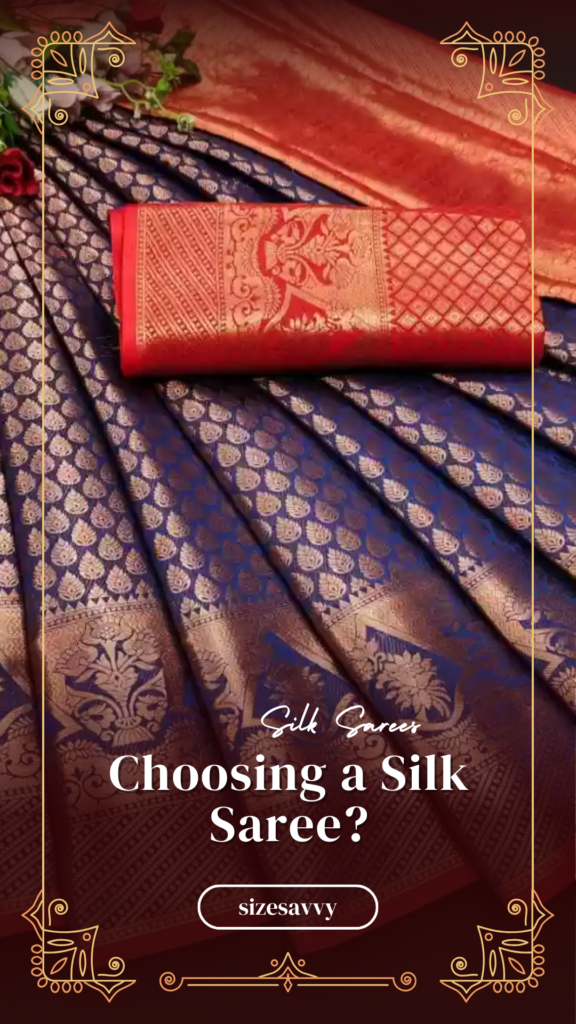
- Silk Saree Fabric: Consider the type of silk (luxurious vs. rustic), weaving technique (pattern and texture), and weight (drape and occasion).
- Silk Design: Pick a saree color that suits the occasion and your style, choose motifs you love, and pay attention to details on the border and pallu.
- Other factors: Ensure authenticity, understand silk saree care needs, and set a budget.
Bonus tip: Feel the fabric, ask questions, and find the saree that speaks to you!
Conclusion: This list merely scratches the surface of the vast and captivating world of silk sarees. Each region in India boasts its unique weaving traditions and design sensibilities, making each saree a testament to the country’s rich cultural heritage and artistic legacy.
So, delve deeper, explore the diverse tapestry of silk, and discover the one that speaks to your unique sense of style and appreciation for exquisite craftsmanship.
FAQs on Silk Sarees
How many types of silk sarees are there?
There are numerous types of silk, each originating from different regions and known for their unique weaving techniques. Some popular types include Banarasi, Kanjeevaram, Baluchari, Patola, and Tussar silk sarees.
Which is the most famous silk saree?
The most famous silk sarees are Banarasi silk sarees from Varanasi and Kanjeevaram silk sarees from Kanchipuram are widely renowned for their craftsmanship and elegance.
Which silk is better for a saree?
The Luxurious and popular choices include Mulberry silk, Tussar silk, Eri silk, and Mysore silk, each offering distinct characteristics.
What are the 4 types of silk?
The four main types of silk are Mulberry silk, Tussar silk, Eri silk, and Muga silk. Each type is derived from different silk-producing worms and exhibits unique qualities in terms of texture, sheen, and durability.
How many grades of silk are there?
Silk is generally classified into different grades based on factors like fineness, purity, and texture. The exact grading system can vary, but commonly recognized grades include A-grade, B-grade, and C-grade, with A-grade being of higher quality.
Which type of silk saree is the most expensive?
Kanjeevaram silk sarees from Kanchipuram are often considered among the most expensive. The intricate weaving, use of pure silk, and rich zari work contribute to their exclusivity and higher prices.
Which is the best form of silk?
The ‘best’ form of silk depends on individual preferences and the intended use. Mulberry silk is often considered the best for its smooth texture and versatility. Other forms like Tussar, Eri, and Muga silk have their unique appeal.

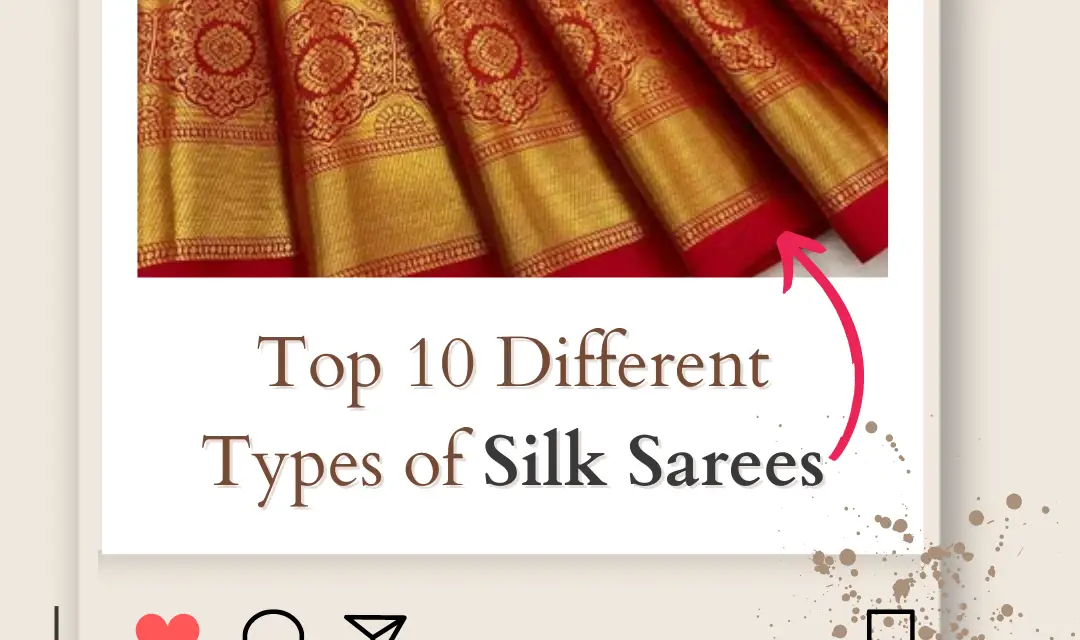
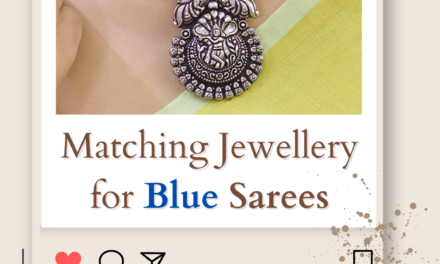

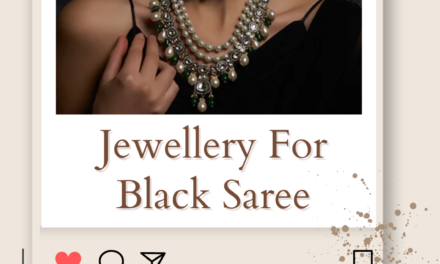











Very clearly explained